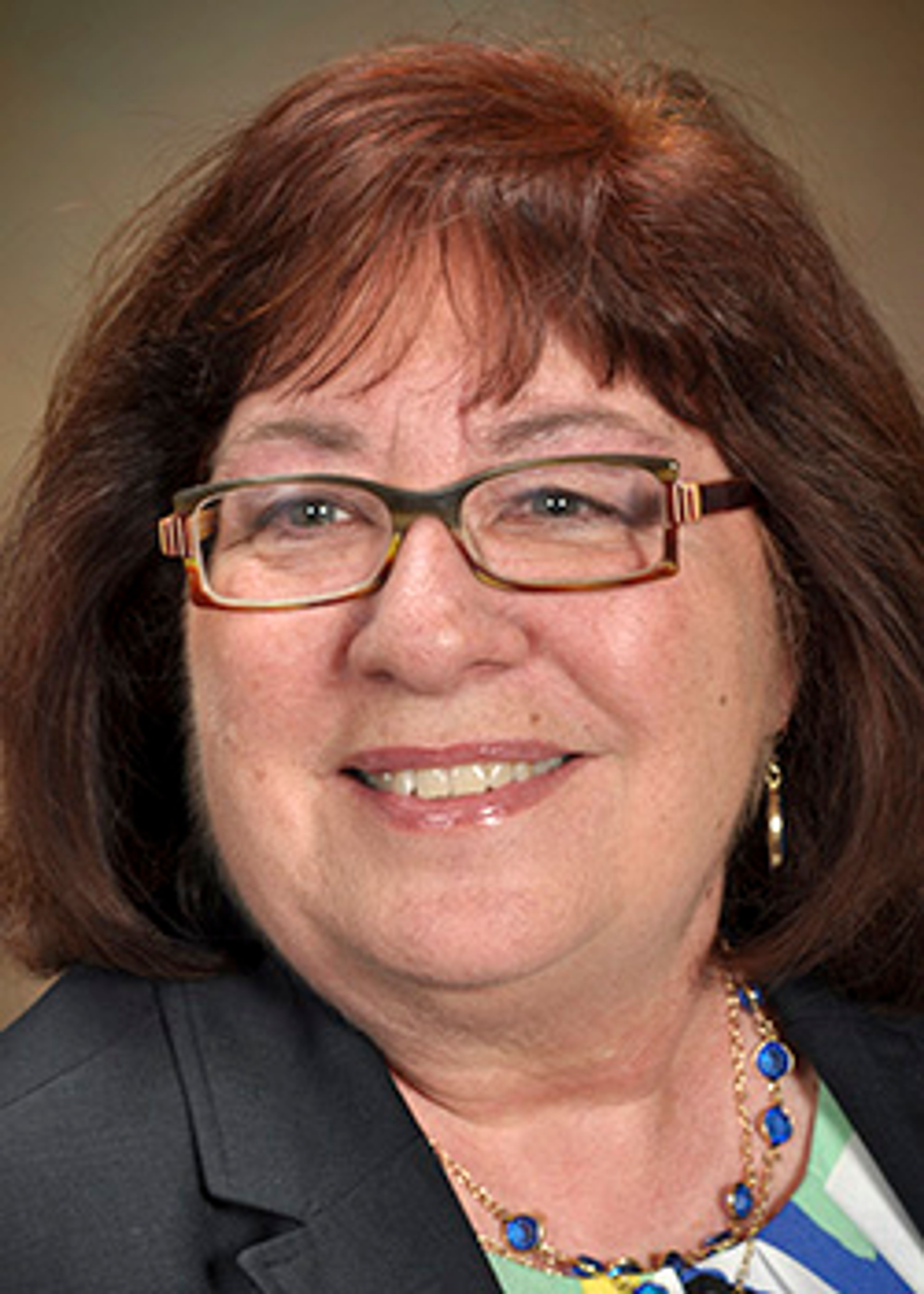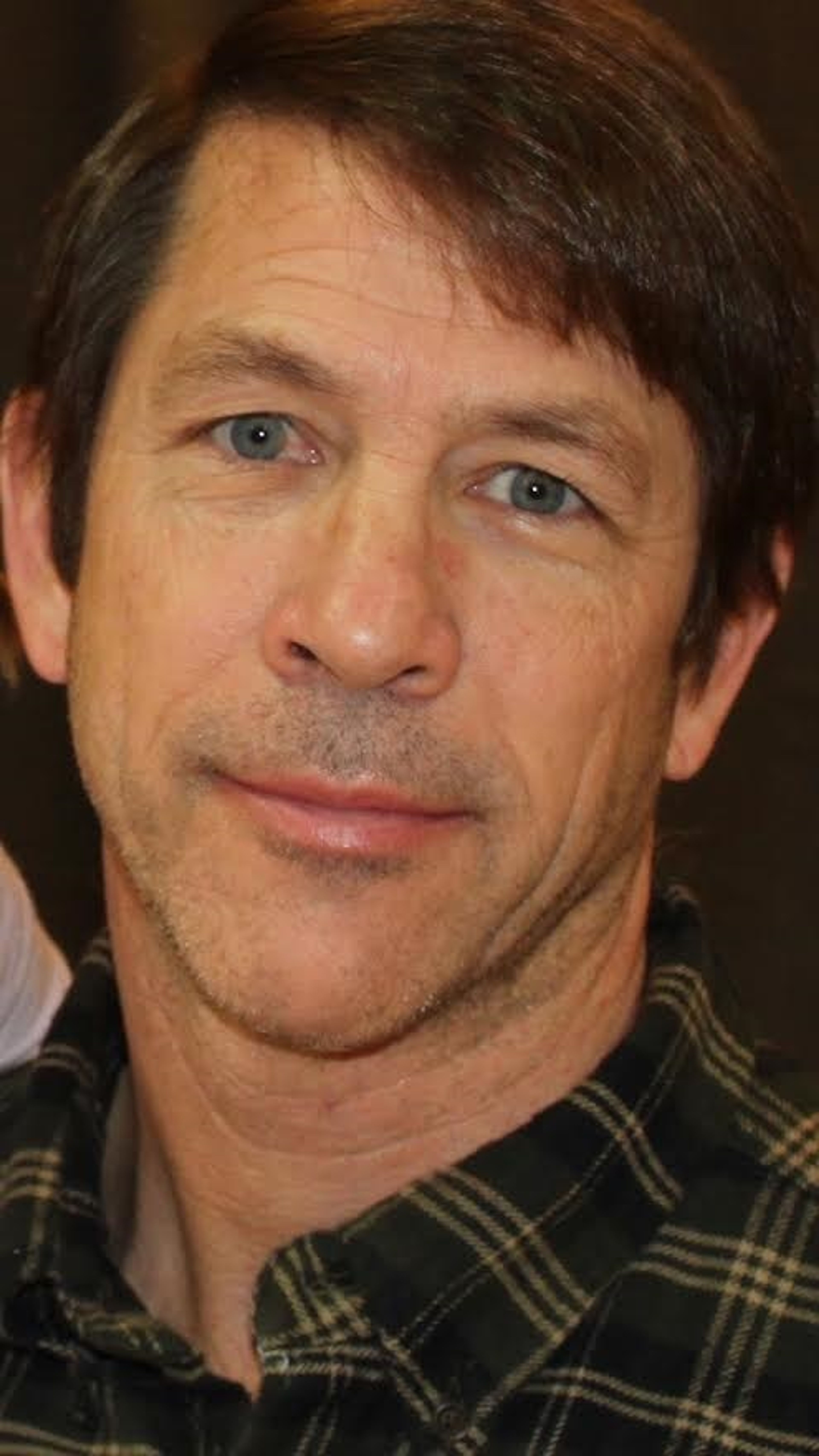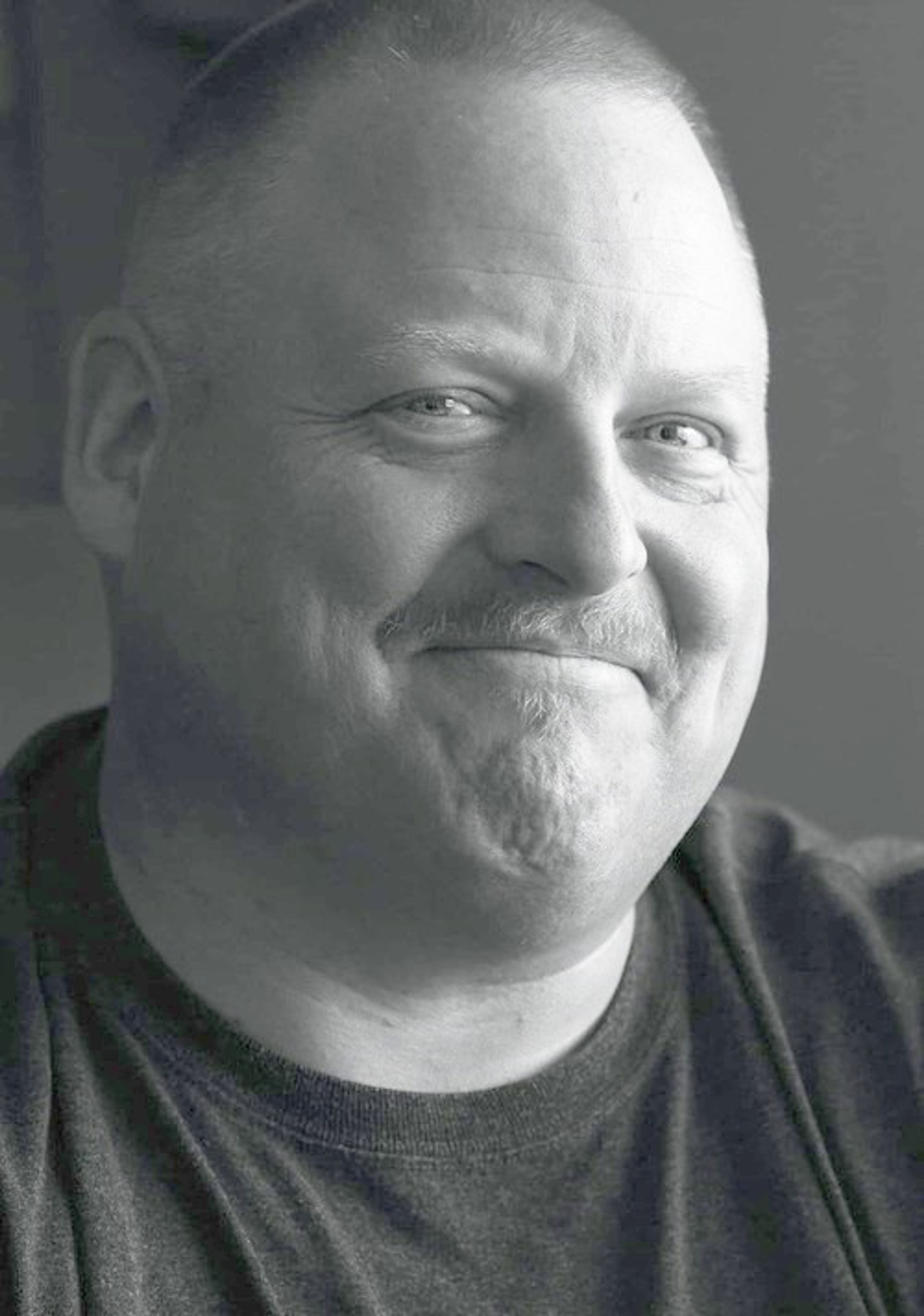A deer stands paralyzed in the middle of a mountain highway, stunned by the lights and deafening roar of an 18-wheeler barreling toward it. At the last second, the deer leaps back into the forest.
This time, the deer and the trucker avoid a fatal collision, but this stretch of Interstate 5 in southern Oregon is a known killing field for wildlife and dangerous for motorists. The highway cuts through a critical connection for wildlife moving between two mountain ranges and home to the Cascade-Siskiyou National Monument, which is the only national monument specifically established for the protection of its rich biodiversity.
In this country, according to Federal Highway Administration estimates, 1-2 million motor vehicles crash into large animals such as deer each year.
“These wildlife-vehicle collisions cause approximately 200 human deaths, 26,000 injuries and at least $8 billion in property damage and other costs,” according to The Pew Trust.
In Oregon alone, the Oregon Department of Transportation records approximately 7,000 large-animal vehicle deaths annually. Each one involving deer averages $6,617 for emergency response, towing, repairs and medical expenses.
Sometimes, a vehicle hits a deer and the animal disappears, so that many injured animals die unseen. The roadkill deaths of smaller species are also never recorded. Still more animals, from frogs and salamanders to rare species like marten and fisher, to top predators like cougars, are prevented from moving freely by the lights, noise and physical barrier of major highways. This disrupts the lives of wildlife and prevents genetic interchange among their populations.
In Oregon in 2021, a group of local environmentalists, hunters, scientists and state and federal agency staffers came together to do something about the problem: They formed the Southern Oregon Wildlife Crossing Coalition and started gathering data.
They learned that more than 17,000 vehicles travel daily on I-5 between the town of Ashland and the California border, and that significant portions of this stretch of highway are in the state’s high-risk “red zones” for wildlife-car collisions. The coalition decided that it would work to reduce collisions and help animals move freely by promoting the construction of crossings both under and over and under the freeway.
In recent years, wildlife crossings have gained increasing attention and support, with perhaps the most famous success story in Canada. There, 22 wildlife underpasses and two overpasses in Banff National Park reduced roadkill by 80 percent.
In Washington state, an ambitious effort is underway to reconnect habitat in the Cascades by establishing safe wildlife crossings under and over Interstate 90. Eleven large wildlife crossing structures are completed, with a planned total of 26 large ones and many smaller ones to come. The most well known is near Snoqualmie Pass, where a $6 million overpass has been readily accepted by elk and deer, virtually eliminating wildlife-vehicle collisions in the fenced project area.
Meanwhile, in southern California, the largest wildlife crossing in the world is scheduled for completion by 2025. Other major wildlife crossing projects are underway throughout the West, including Wyoming, Montana and Colorado.
Highway projects are always expensive and complex, and to get them done requires collaboration among diverse, often disagreeing groups. In the case of southern Oregon’s coalition, our members include the Bureau of Land Management and activist environmental groups; the Oregon Department of Fish and Wildlife and hunting and fishing organizations; academics from Southern Oregon University and engineers from the Oregon Department of Transportation.
Though we may have differing priorities, we all offer our expertise to the shared goal of improving wildlife crossings over “our” stretch of I-5. Together, we have also raised enough money from public and private sources to finance a feasibility study of eight possible over- and under-crossings, and we’re working closely with the state to identify the highest priority sites.
It is our hope that our carefully documented proposals will attract the federal highway funds required to make these crossings a reality.
In a time of social and political polarization, it is immensely heartening to work on a project that brings together wildly different interests. Wildlife crossings, I have found, bridge not only divisions on the landscape but divisions in our communities as well.
Trail is a contributor to Writers on the Range, writersontherange.org, an independent nonprofit dedicated to spurring lively conversation about the West. He is a conservationist who writes in Oregon.








